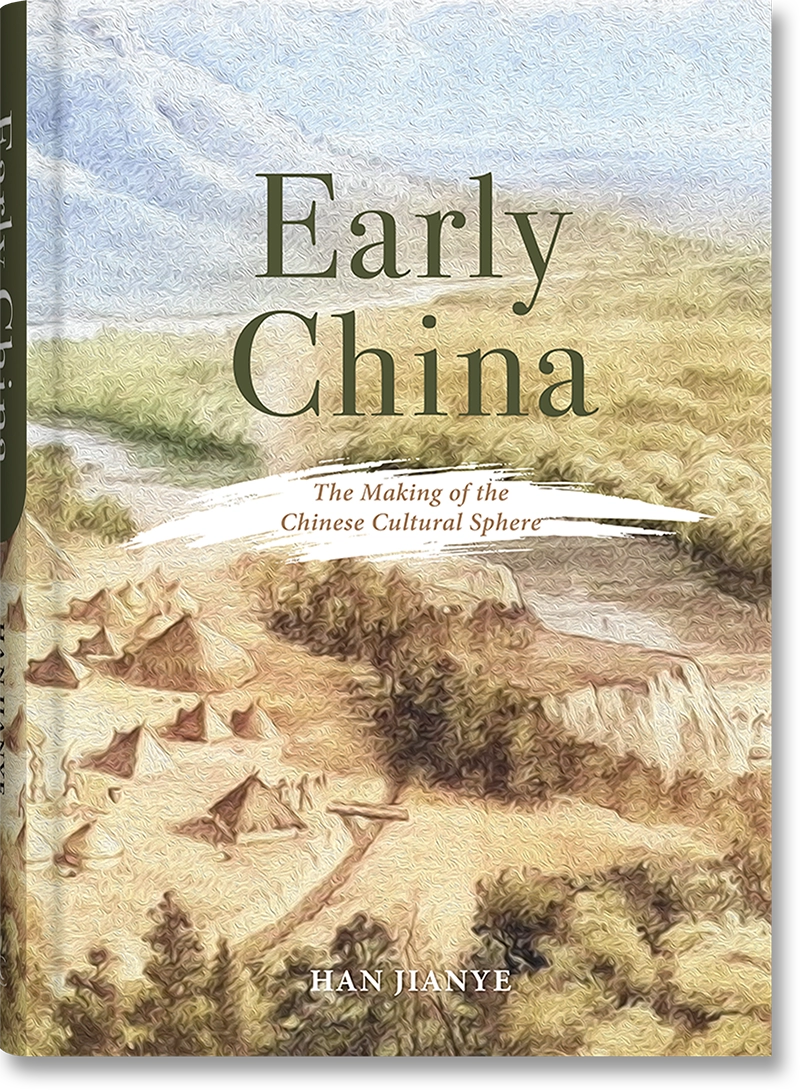
Early China: The Making of the Chinese Cultural Sphere
By Han Jianye
Cloth • 444 pages • 156 × 234 mm • English
Sep 2024 • US$69.95 • CA$93.95
ISBN: 9781487812133
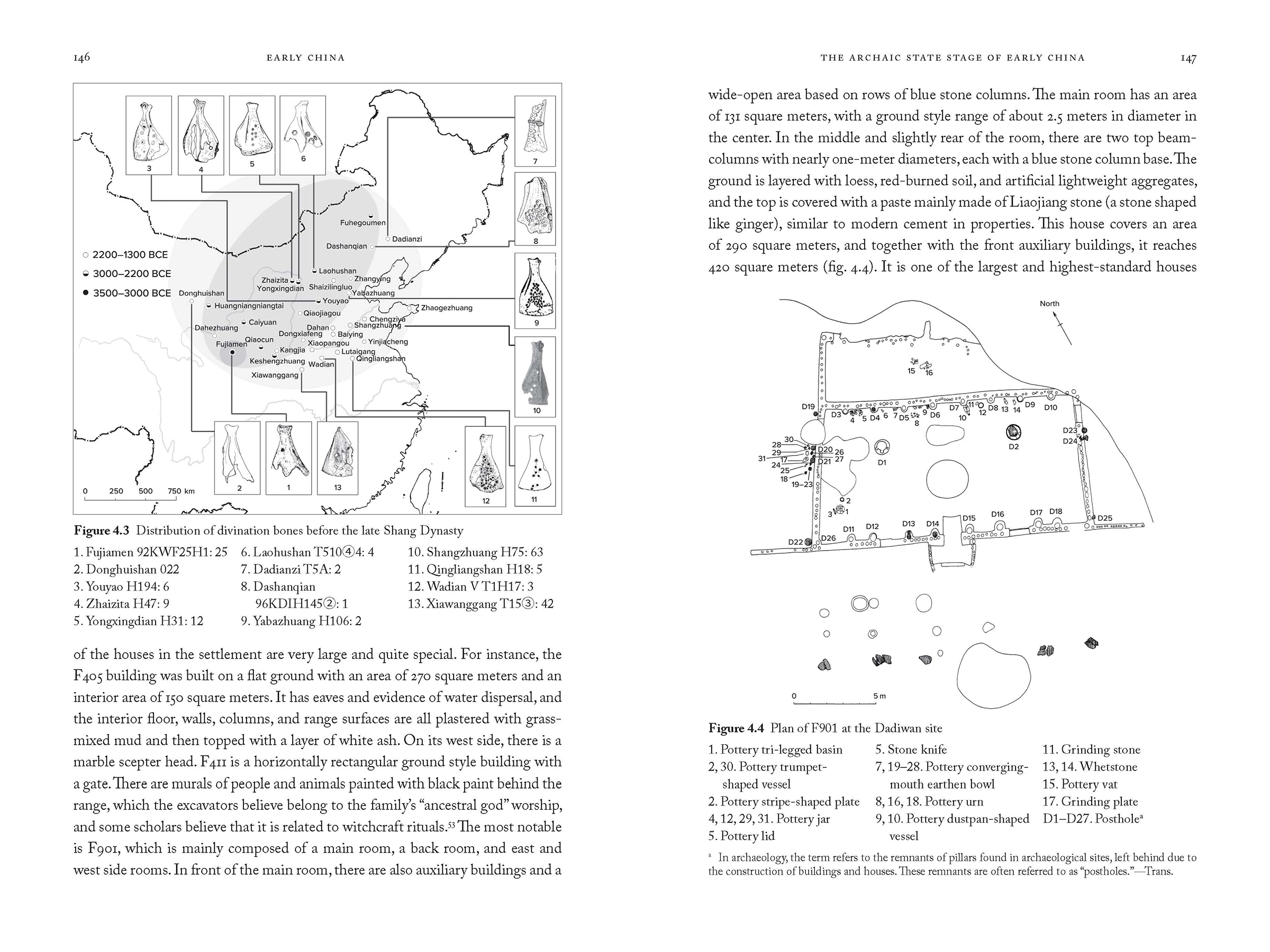
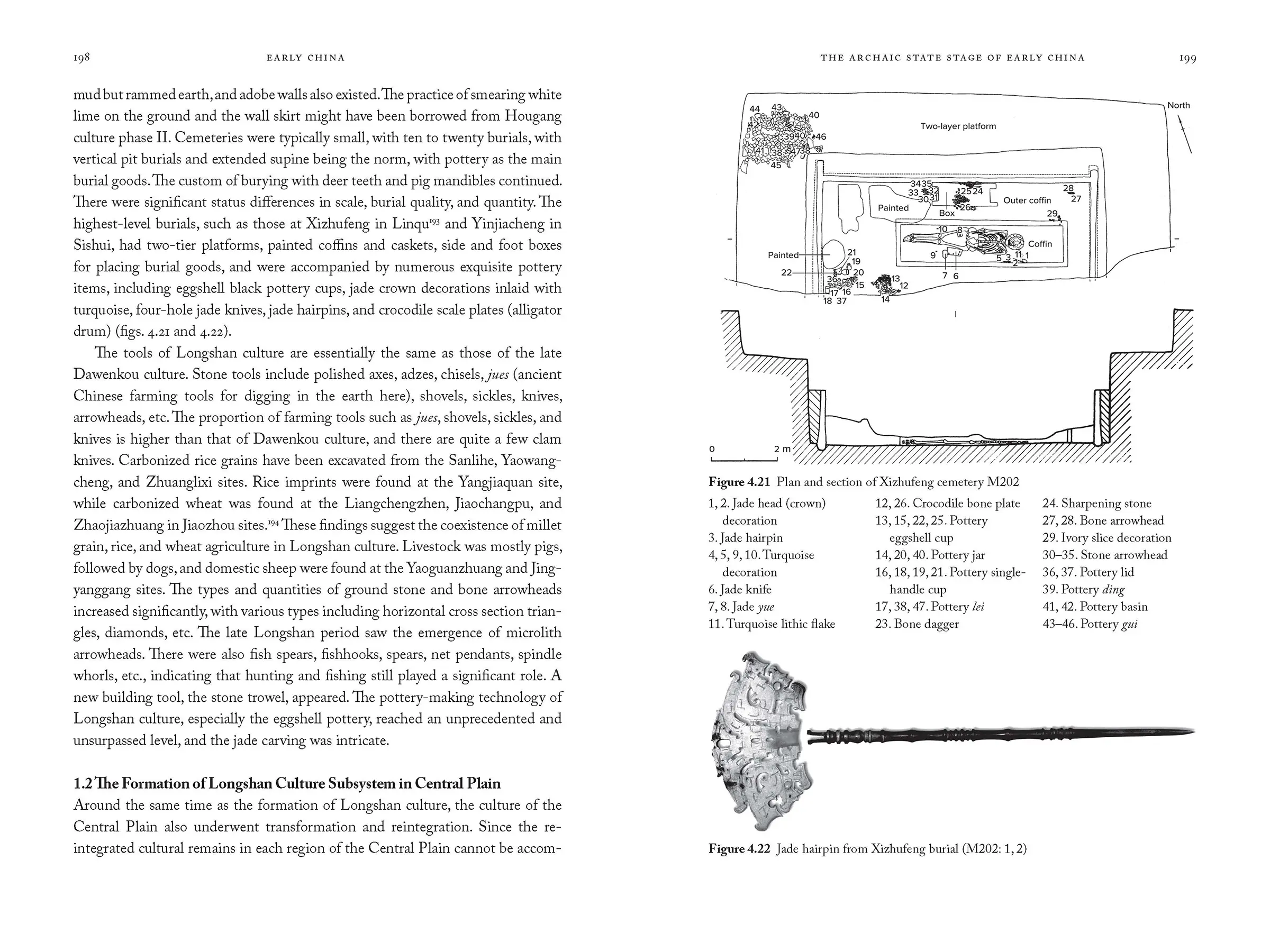
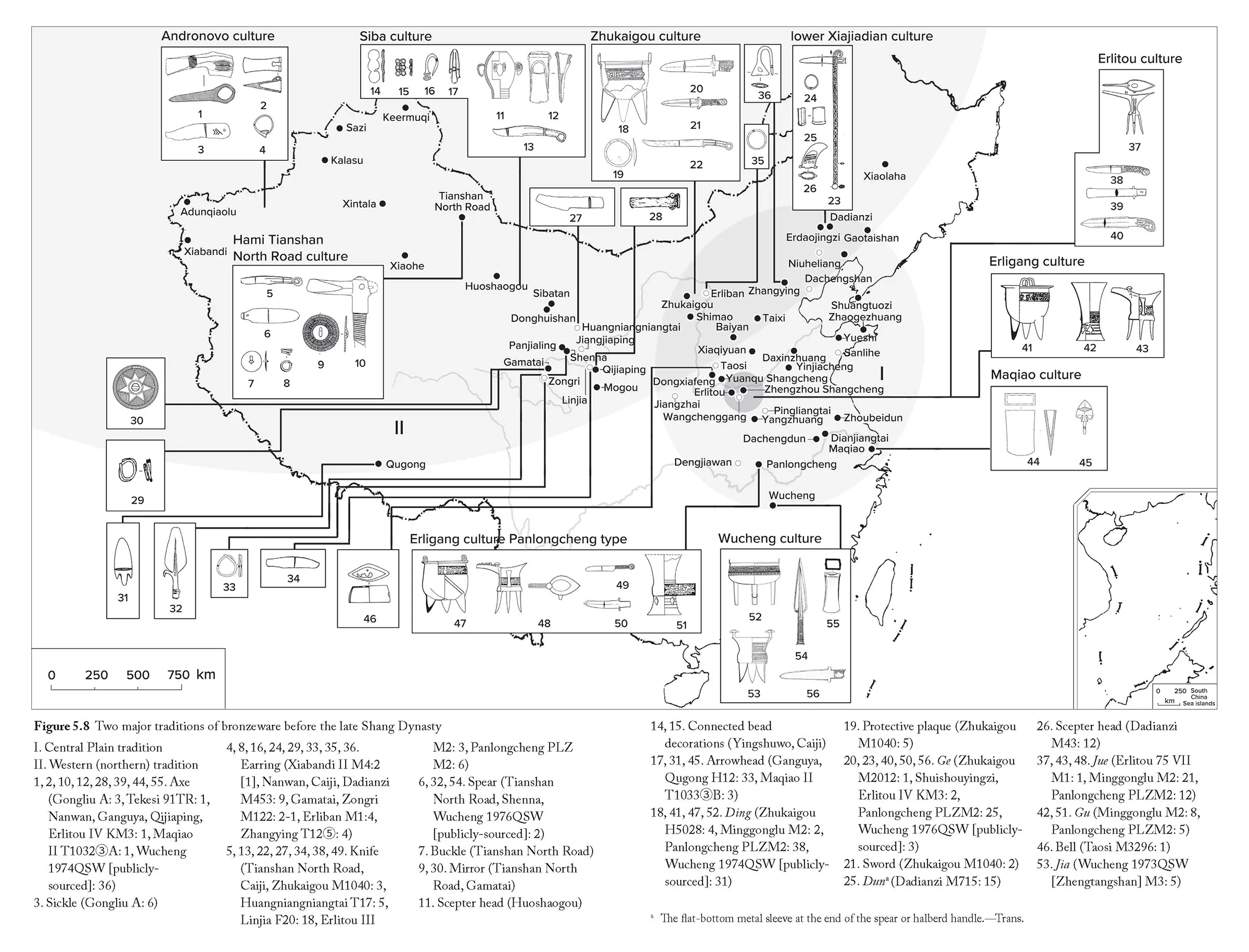
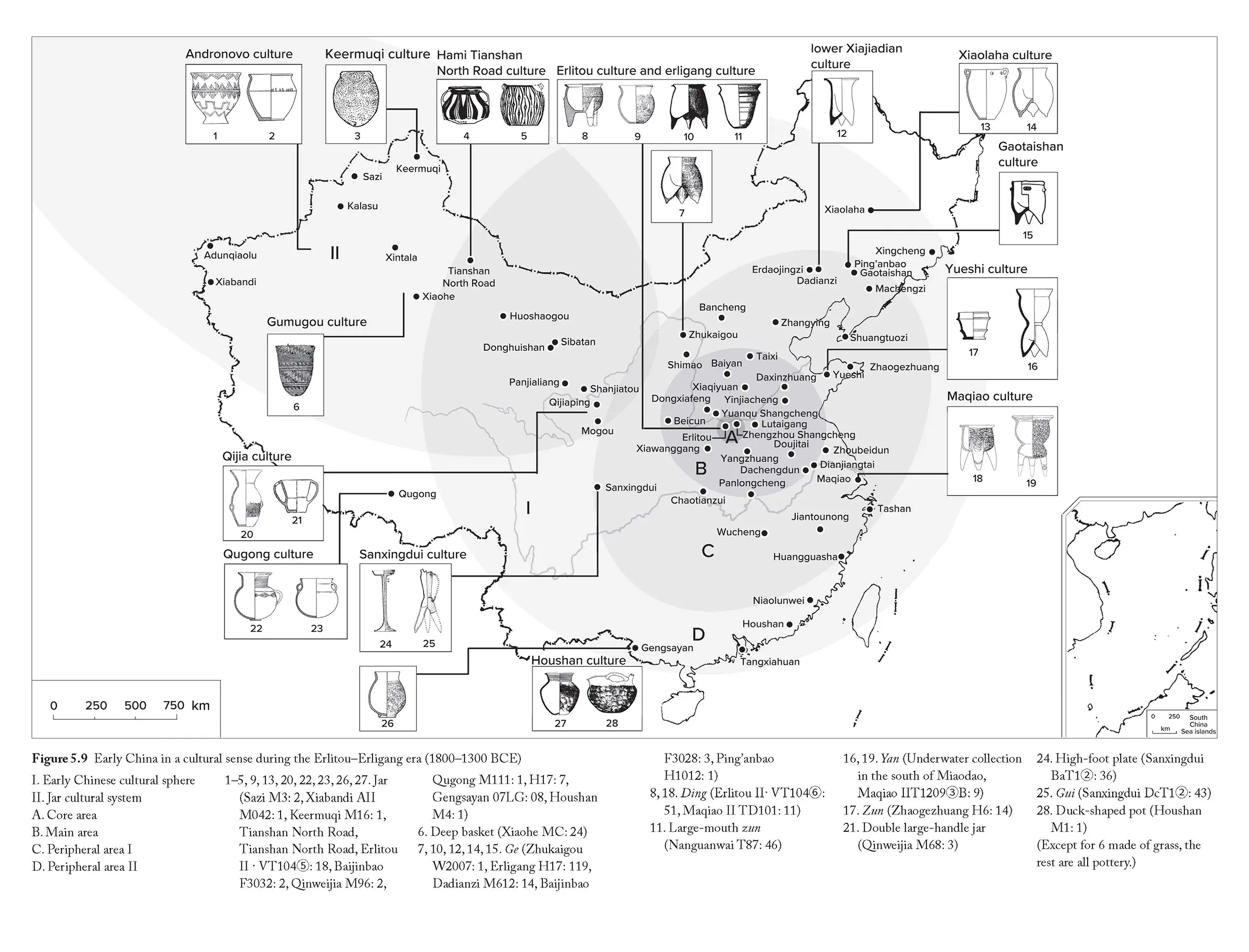
About the Book
This book comprehensively organizes the lineage and developmental evolution of archaeological cultures in China before the late Shang Dynasty, proposing that the early Chinese cultural sphere, or early China in a cultural sense, had already formed around 4000 BCE during the Miaodigou period, covering most of the modern China area. The book shows that early China was a super stable, diverse unity structure with a center and a subject, characterized by agrarian-based, stable introversion, holistic thinking, and ancestor worship. It experienced a continuous development process full of ups and downs, laying the foundation for cultural and political China after the Qin and Han dynasties.
About the Author
Han Jianye, born in 1967, is a native of Tongwei, Gansu Province. In 1982, he was admitted to the Longxi Normal School in Gansu Province and started teaching at the Gouchuan School in Tongwei County in 1985. In 1987, he was admitted to the Department of Archaeology at Peking University. After receiving his master’s degree in 1994, he began to teach at the College of Applied Arts and Sciences at Beijing Union University. From 1996 to 2000, while working, he pursued and received a PhD in History at the School of Archaeology and Museology at Peking University. He is currently a professor in the Department of History and Museology at the College of Applied Arts and Sciences at Beijing Union University, the Director of the Comprehensive Experimental Teaching Center of Applied Arts, and the Director of the Archaeological Research Center. He has published over 80 academic papers and authored monographs such as Research on the Neolithic Culture in the Northern Region of China, Natural Environment and Cultural Development in the Pre-Qin Period in the Northwest Region of China, Bronze Age and Early Iron Age Culture in Xinjiang, Pre-Qin Archaeology in Beijing, Age of Five Emperors Period: Archaeological Observations on the Ancient History System Centered on Huaxia, Pre-Qin Archaeological Research: Cultural Lineage and Cultural Exchange, and other works. He has also published archaeological excavation reports, such as Daihai Archaeology (I): Laohushan Culture Site Excavation Report Collection, Daihai Archaeology (III): Yangshao Culture Site Excavation Report Collection, and Zhumadian Yangzhuang: Mid-Holocene Cultural Remains and Environmental Information in the Upper Reaches of the Huai River, and more.
In-Depth Review
Early China—The Making of the Chinese Cultural Sphere by Han Jianye offers a comprehensive exploration of the origins and development of early Chinese civilization. From the Paleolithic Age to the early Shang Dynasty, the book delves into the cultural genealogy, archaeological findings, and environmental factors that shaped the early Chinese cultural landscape. Through meticulous research, Han establishes a temporal and spatial framework for understanding the complex dynamics of early China.
The study emphasizes the significance of the Central Plain area as the core region that fostered a cohesive cultural unity known as the “Early Chinese Cultural Sphere.” It examines the multi-component agreement of Early China and its profound impact on the subsequent political systems and continuous development of Chinese civilization. The book also sheds light on the cultural traits of early China, including its agricultural focus, stability, holistic thinking, and ancestral worship, which continue to shape Chinese society to this day.
Early China—The Making of the Chinese Cultural Sphere provides valuable insights into China’s historical trajectory and contemporary challenges. It emphasizes the importance of cultural diversity and openness to global influences while preserving traditional values. This thought-provoking study calls for a balanced approach to inheritance, discarding outdated elements and embracing the assimilation of advanced global cultures.
